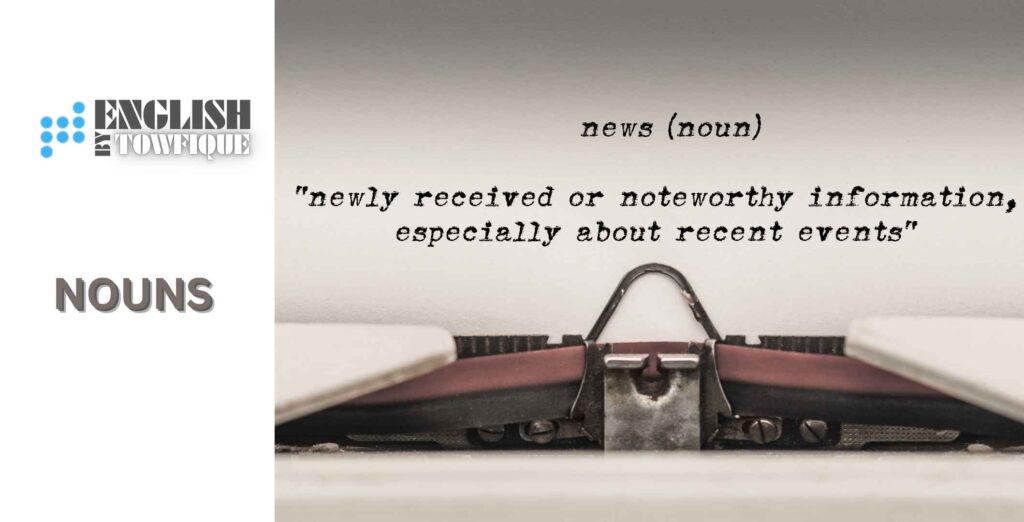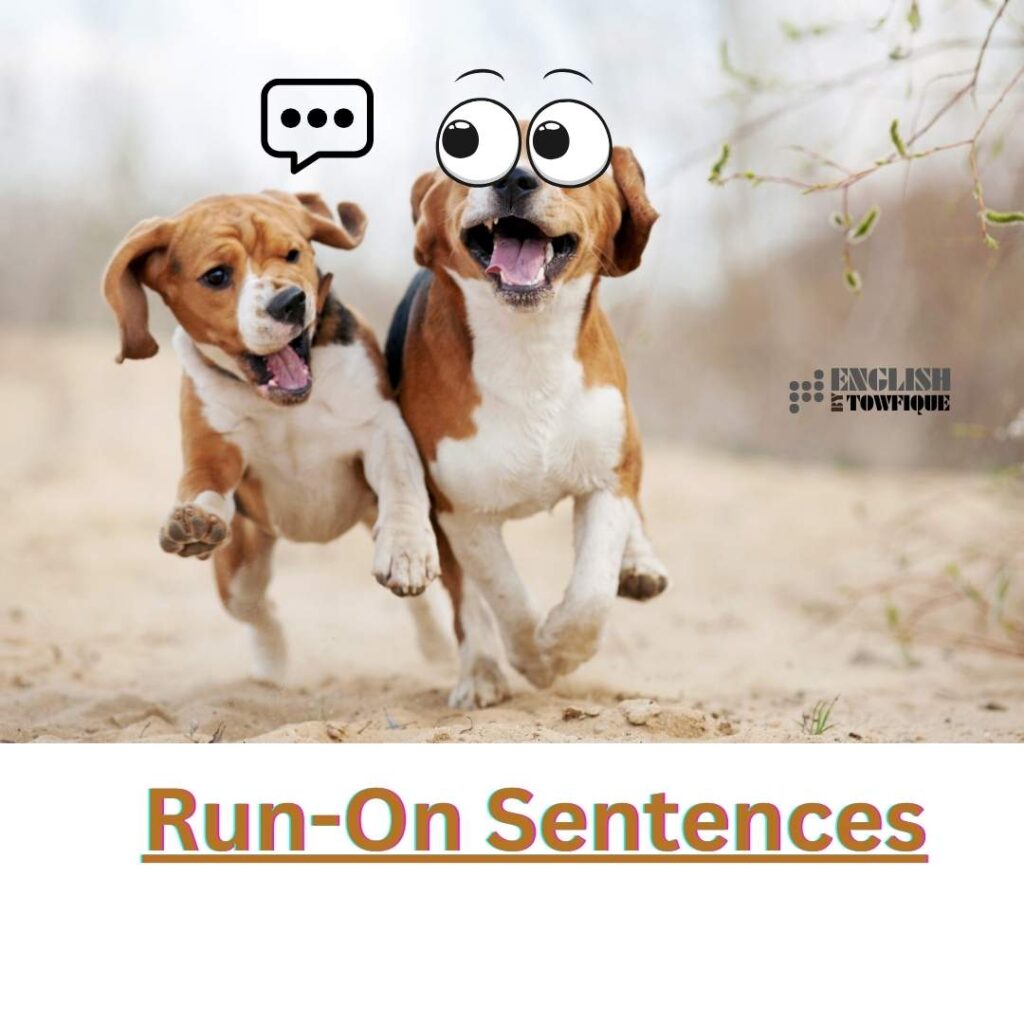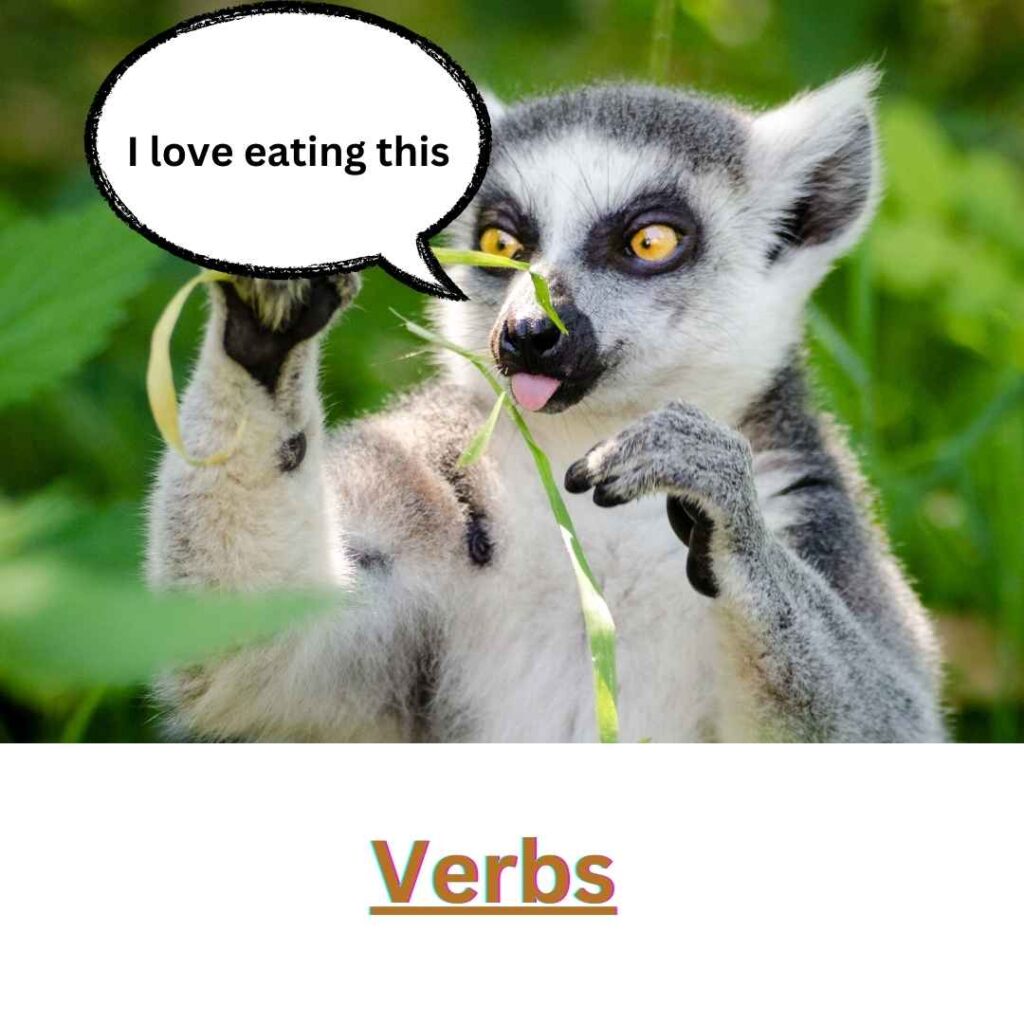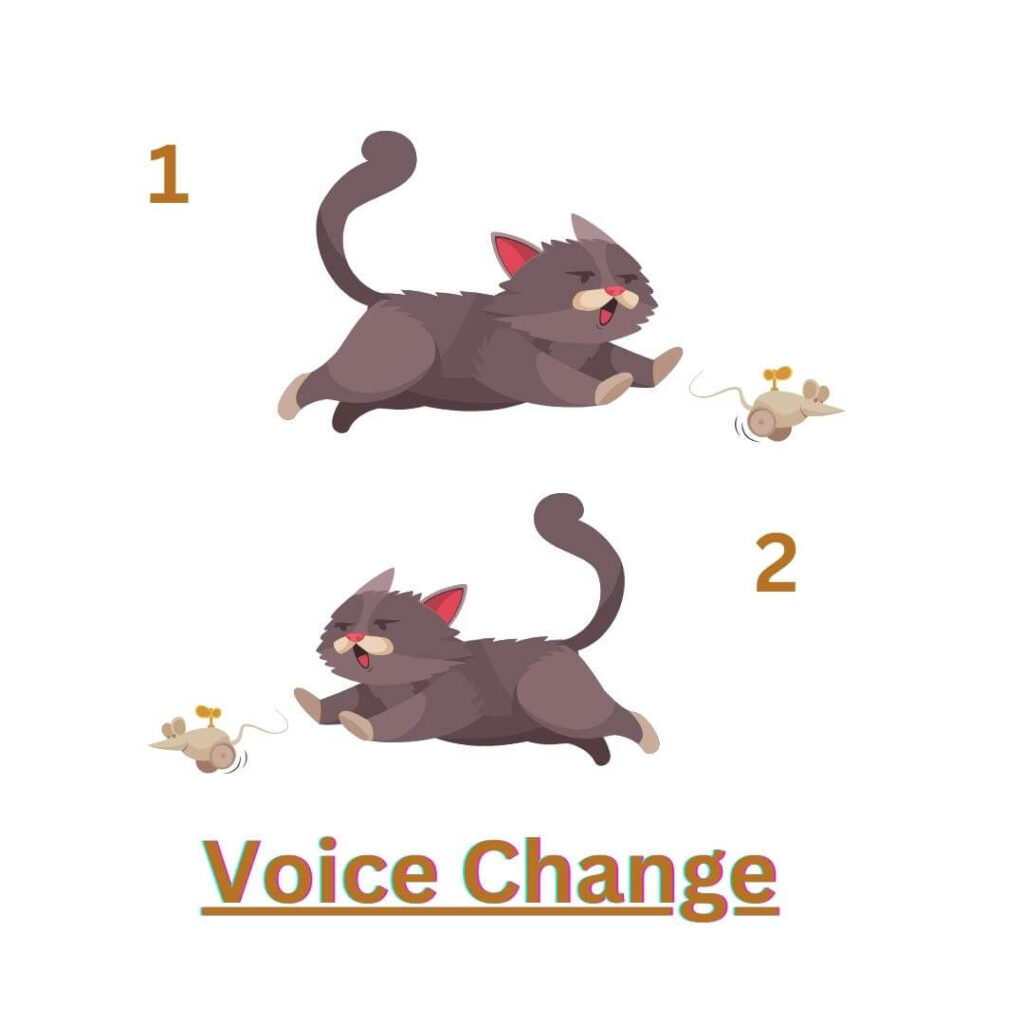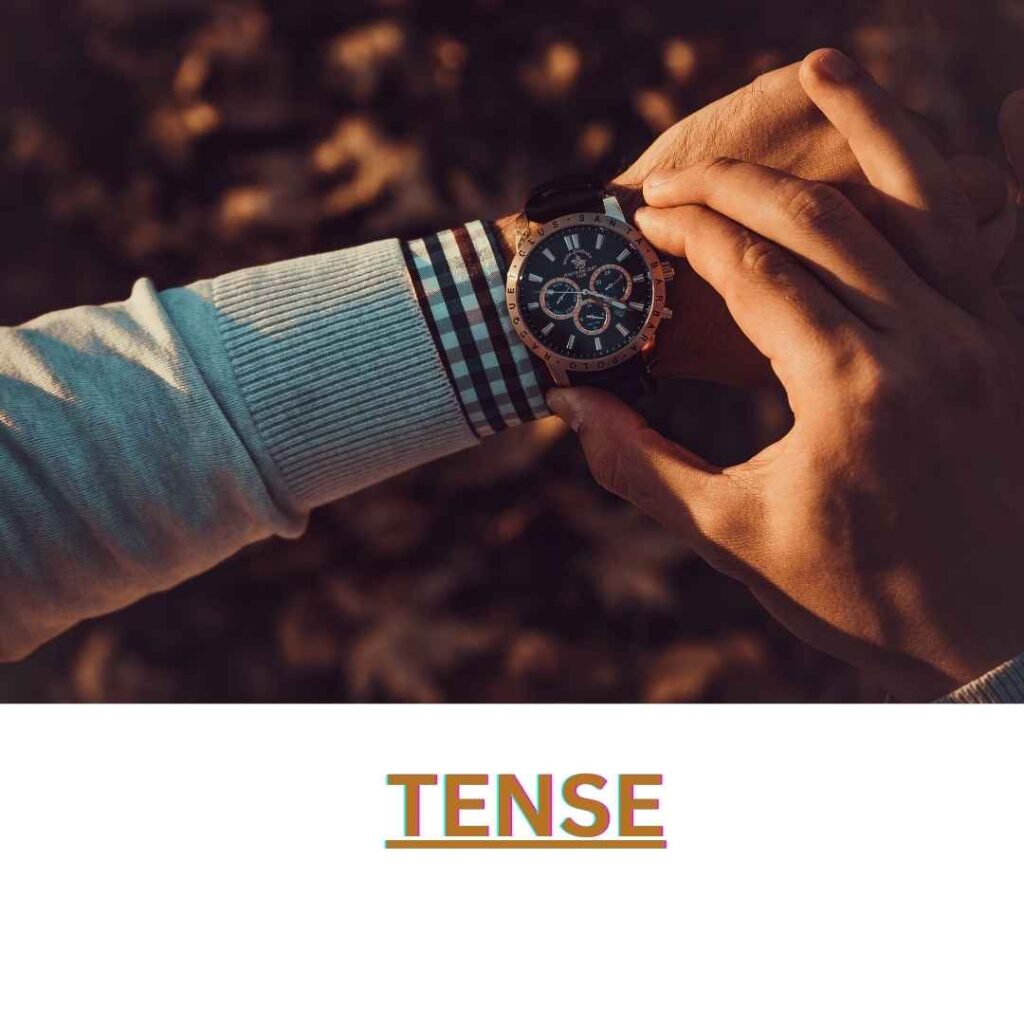
Prepositions in Grammar and How They Function When We Speak
-Towfique Ahmed
Prepositions are small but mighty words in the English language that play a vital role in making sentences clear and meaningful. They act as connectors, linking words and phrases to show relationships between them, such as location, direction, time, manner, and more. Understanding prepositions can be simple if explained with relatable examples, making this topic approachable for both adults and children.
What Are Prepositions?
Prepositions are words that show the relationship between a noun (or pronoun) and other elements in a sentence. They often answer questions like where, when, how, or in what way. For example:
The book is on the table. (Where is the book?)
She arrived before noon. (When did she arrive?)
He ran with great speed. (How did he run?)
In simple terms, prepositions act as “bridges” that connect different parts of a sentence, helping to provide clarity and detail.
Types of Prepositions
Prepositions are broadly categorized into different types based on their functions. Let’s explore each with examples and deeper explanations:
1. Prepositions of Place (Location)
These prepositions indicate where something is located. They help describe the position or location of a noun or pronoun in relation to another word in the sentence.
Examples:
The cat is under the bed. (Where is the cat? It’s under the bed.)
She lives in New York. (Where does she live? In New York.)
The keys are on the counter. (Where are the keys? On the counter.)
Common Prepositions of Place:
Above, below, beneath, between, inside, outside, near, beside, across, over.
Tip: To remember this, think of “place” as answering the question, “Where?” Words like “in,” “on,” and “under” are commonly used prepositions of place.
2. Prepositions of Direction (Movement)
These prepositions show movement from one place to another. They describe the path or direction an action takes.
Examples:
He went to the park. (Where did he go? To the park.)
The dog jumped into the pool. (Where did the dog jump? Into the pool.)
They walked towards the sunset. (In what direction did they walk? Towards the sunset.)
Common Prepositions of Direction:
To, into, onto, toward(s), across, along, through, out of, from.
Tip: Directional prepositions often involve motion or change in position. Words like “to,” “into,” “onto,” and “towards” are key players here.
3. Prepositions of Time
These prepositions indicate when something happens. They help specify the timing of events and actions.
Examples:
She was born on Monday. (When was she born? On Monday.)
We will meet at 5 PM. (When will we meet? At 5 PM.)
They stayed for three days. (How long did they stay? For three days.)
Common Prepositions of Time:
At, on, in, by, before, after, during, for, since, until.
Tip: Prepositions of time often answer “When?” or “For how long?” Words like “at,” “on,” “for,” “since,” and “during” are commonly used.
4. Prepositions of Manner, Instrument, or Cause
These prepositions describe how something happens, the tool or means used, or the reason behind an action.
Examples:
He painted the picture with a brush. (What tool did he use? A brush.)
She acted out of kindness. (Why did she act? Out of kindness.)
They traveled by car. (How did they travel? By car.)
Common Prepositions of Manner, Instrument, or Cause:
With, by, about, because of, out of, through.
Elaboration: Words like “with” (instrument), “by” (manner), and “because of” or “out of” (cause) help explain the circumstances of an action.
5. Prepositions of Comparison or Contrast
These prepositions highlight similarities or differences between ideas.
Examples:
She is taller than her brother. (Comparison.)
He works harder than before. (Contrast.)
Common Prepositions of Comparison or Contrast:
Than, like, as, unlike.
6. Prepositions of Agent or Instrument
These prepositions describe who or what caused an action to happen.
Examples:
The novel was written by J.K. Rowling. (Agent.)
The lock was opened with a key. (Instrument.)
Common Prepositions of Agent or Instrument:
By, with.
Comprehensive List of Prepositions
Here’s a list of 50 commonly used prepositions:
About
Above
Across
After
Against
Along
Among
Around
At
Before
Behind
Below
Beneath
Beside
Between
Beyond
By
Despite
Down
During
For
From
In
Inside
Into
Like
Near
Of
Off
On
Onto
Opposite
Out
Outside
Over
Past
Since
Through
Throughout
To
Toward
Under
Underneath
Until
Up
Upon
With
Within
Without
Versus.
Practical Usage in Speech and Writing
In Speech:
Prepositions are often short and blend into sentences naturally. Use them to clarify relationships. For example:
“Meet me at the cafe on Main Street.”
“The book is under the table.”
In Writing:
Prepositions help add precision to descriptions. Use them thoughtfully to avoid confusion. For example:
Ambiguous: “I am going home.”
Clearer: “I am going to my home in the city.”
When writing, prepositions allow for greater detail and specificity. They help clarify meaning and prevent ambiguity. Consider this:
Without Prepositions: “She traveled Europe.”
This sentence is unclear. Did she travel around Europe, through Europe, or to Europe?
With Prepositions: “She traveled through Europe.”
The preposition “through” specifies that she traveled across multiple areas within Europe.
Tip: Avoid ending sentences with prepositions in formal writing, though it is acceptable in casual speech. For instance:
Formal: “To whom are you speaking?”
Casual: “Who are you speaking to?”
Further Example:
Unclear: “The project was completed last week.”
Precise: “The project was completed by the team last week.”
Here, “by the team” specifies who completed the project, adding clarity.
Real-World Examples of Prepositions
To make prepositions easier to grasp, here are some examples from everyday life, along with detailed explanations:
Giving Directions:
Walk across the street and turn to your left. (“Across” indicates crossing a surface, and “to” indicates the direction of the turn.)
Talking About Time:
The meeting is scheduled for 3 PM on Friday. (“For” indicates the duration or purpose, and “on” specifies the day.)
Describing Objects:
The phone is beside the laptop on the desk. (“Beside” shows proximity, and “on” specifies the surface.)
Expressing Relationships:
This gift is from my best friend. (“From” shows the source or origin of the gift.)
Prepositions in Sentences: A Quick Exercise
Here’s a fun exercise to test your understanding of prepositions. Fill in the blanks with the correct preposition:
The child hid _____ the bed. (under)
They moved _____ the city last year. (to)
We will meet _____ 9 o’clock. (at)
The cat jumped _____ the wall. (over)
Answers with Explanations:
Under — Indicates the position below the bed.
To — Shows movement toward the city.
At — Specifies the exact time.
Over — Describes the action of jumping across something.
Prepositions are essential building blocks of language, connecting ideas and making communication clear. By understanding their types and usage through real-life examples, both adults and children can master this key aspect of grammar. Practice regularly, pay attention to common pairings, and soon prepositions will become second nature in your speech and writing!


